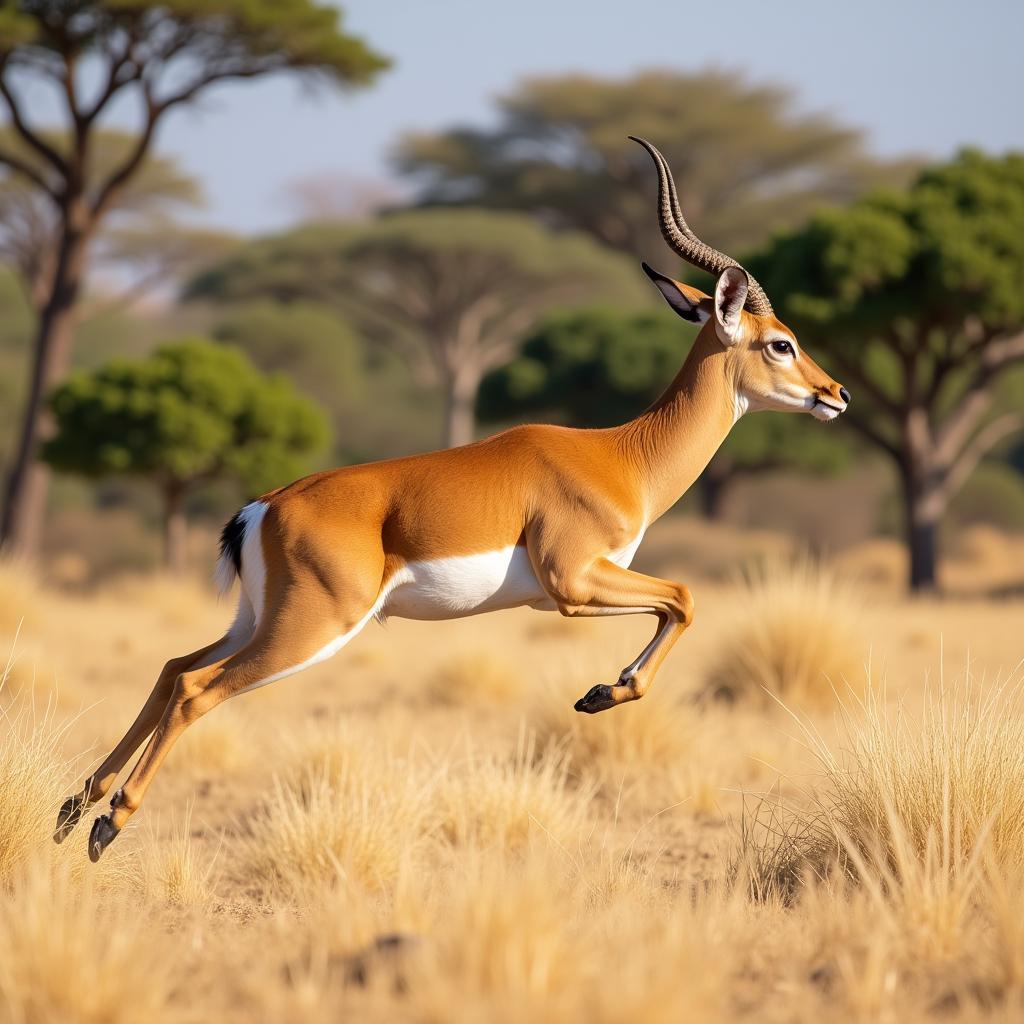The African Bush Elephant: A Majestic Giant of the Savanna
The African Bush Elephant, Loxodonta africana, is an iconic symbol of the African savanna. These massive herbivores are the largest land mammals on Earth, and their presence is a testament to the rich biodiversity of the continent. In this comprehensive guide, we delve into the fascinating world of African bush elephants, exploring their unique characteristics, their role in the ecosystem, and the challenges they face in the modern world.
Unveiling the African Bush Elephant
The African bush elephant is easily distinguished from its Asian counterpart by its larger size, wider ears, and concave back. Their massive bodies, reaching up to 13 feet tall and weighing up to 14,000 pounds, are supported by sturdy, pillar-like legs. Their long trunks are not just powerful tools for feeding but also for communication, bathing, and even displaying affection.
Adapting to the Savanna
The African bush elephant’s physical attributes are perfectly adapted to its savanna environment. Their broad feet distribute their weight, allowing them to move easily over uneven terrain. Their long, curved tusks are used to dig for water, strip bark from trees, and defend themselves against predators. Their ability to retain water and their resilience in harsh conditions make them well-suited to surviving in dry climates.
The Ecological Importance of African Bush Elephants
African bush elephants are considered keystone species, meaning their presence has a profound impact on the entire ecosystem. Their feeding habits, particularly their preference for trees and shrubs, shape the landscape and create clearings, allowing other species to thrive.
A Vital Role in Shaping Landscapes
- Forest Regeneration: Elephants often uproot trees, creating openings for new plant growth and promoting biodiversity.
- Seed Dispersal: They ingest and disperse seeds, contributing to the regeneration of plant communities.
- Water Source Creation: Their digging for water creates mud wallows that provide water for other animals, especially during dry seasons.
- Nutrient Cycling: Their dung is a rich source of nutrients that fertilize the soil.
The Threats to African Bush Elephant Survival
Despite their impressive size and strength, African bush elephants are facing numerous challenges, primarily driven by human activities:
- Habitat Loss: As human populations expand, elephants are losing their habitat due to deforestation, agriculture, and urbanization.
- Poaching: The illegal ivory trade remains a significant threat, driving a decline in elephant populations.
- Human-Wildlife Conflict: As elephants venture into human settlements in search of food, conflicts arise, leading to human casualties and elephant deaths.
- Climate Change: The impacts of climate change, such as drought and extreme weather events, are putting further pressure on elephant populations.
Conservation Efforts for African Bush Elephants
Recognizing the critical importance of African bush elephants, conservation efforts are underway across the continent:
- Protected Areas: Establishing and managing protected areas is crucial to safeguarding elephant habitats.
- Anti-Poaching Initiatives: Increased law enforcement and community engagement are key to combatting the illegal ivory trade.
- Human-Wildlife Coexistence: Developing strategies to reduce human-elephant conflict, such as community education and land-use planning, is vital.
Expert Insights
“Protecting African bush elephants is not just about saving a species,” shares Dr. Sarah Langston, an expert in wildlife conservation. “It’s about ensuring the long-term health of entire ecosystems and preserving the natural heritage of our planet.”
Conclusion
The African bush elephant is a remarkable animal that plays a vital role in maintaining the delicate balance of the savanna ecosystem. As we strive to protect these majestic giants, we must also acknowledge the importance of sustainable land-use practices, responsible tourism, and community involvement in conservation efforts. Their survival hinges on our collective efforts to ensure a future where they can continue to roam freely across the African savanna.
FAQs
Q: How many African bush elephants are left in the wild?
A: The estimated population of African bush elephants in the wild is around 400,000, but the number is declining due to various threats.
Q: What are the differences between African bush elephants and African forest elephants?
A: African bush elephants are larger than forest elephants, have wider ears, and a concave back. Forest elephants have smaller ears, a rounder back, and a different social structure.
Q: What can I do to help protect African bush elephants?
A: You can support conservation organizations, avoid purchasing ivory products, and advocate for policies that promote sustainable land-use practices.
Q: Are African bush elephants endangered?
A: While they are not yet officially classified as endangered, the IUCN (International Union for Conservation of Nature) lists them as “Least Concern” but with a declining population.
Q: Where can I see African bush elephants in the wild?
A: Many national parks and reserves across Africa offer excellent opportunities to observe African bush elephants in their natural habitat, including Kruger National Park in South Africa, Serengeti National Park in Tanzania, and Chobe National Park in Botswana.




